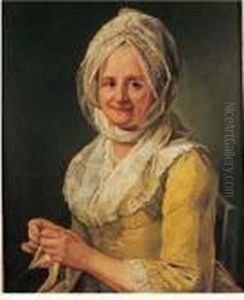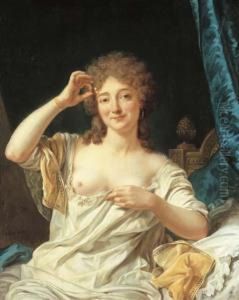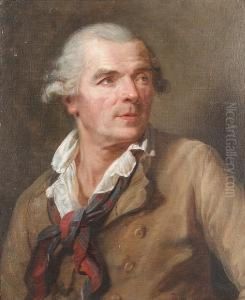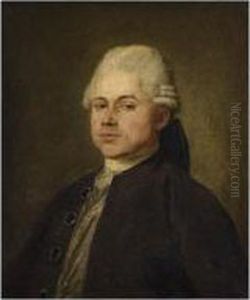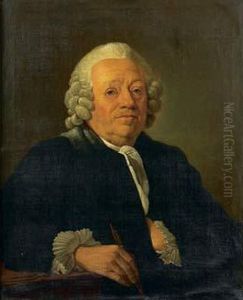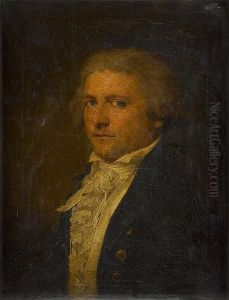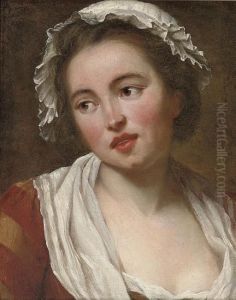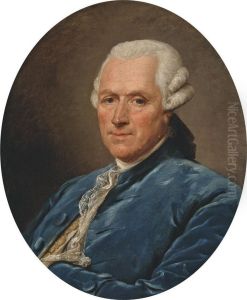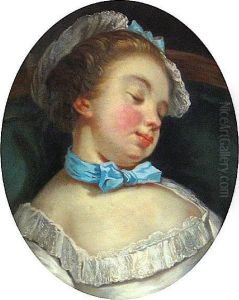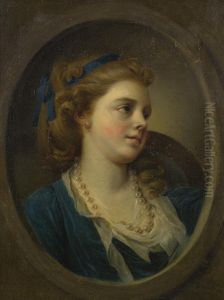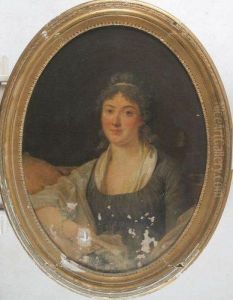Jean-Francois Gilles Colson Paintings
Jean-François Gilles Colson was a French painter and architect who was born on December 30, 1733, in Bruges, which was then part of the Austrian Netherlands. He is primarily known for his work during the latter part of the 18th century. Colson received his artistic training in Paris, which was the epicenter of European art during that period. His education and talent allowed him to cultivate a style that was influenced by the Baroque and Rococo movements, though he later transitioned to a more neoclassical approach in line with the changing tastes of the time.
Colson's work encompassed a variety of subjects, including genre scenes, architectural views, and decorations. He was also known for his theatrical set designs, which were well-regarded for their intricate detail and sense of space. His ability to blend artistic skill with technical knowledge made his designs stand out in the competitive environment of theater production.
Despite being less well-known than some of his contemporaries, Colson contributed significantly to the art of his time. He was a member of the Académie Royale d'Architecture in Paris, which was a testament to his skills and recognition among his peers. Throughout his career, he exhibited his artwork at various salons, earning the admiration of critics and the public alike.
Jean-François Gilles Colson passed away on October 3, 1803, in Paris, France. His legacy remains in the form of his artistic works, which continue to be studied and appreciated for their contribution to the transition between Rococo and Neoclassicism in the late 18th century. Though not as famous as some artists of the era, his work provides valuable insight into the aesthetic shifts and cultural context of the time.
